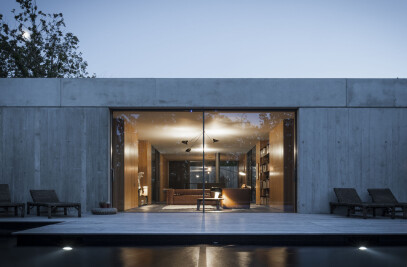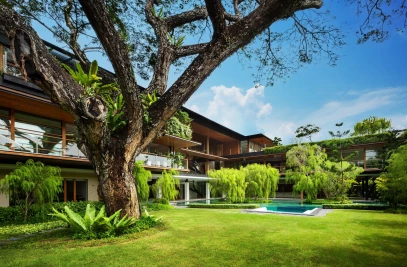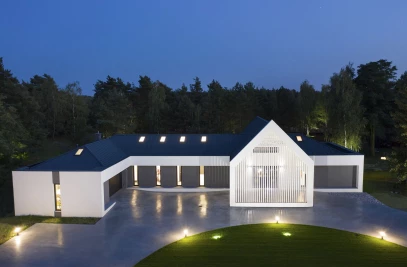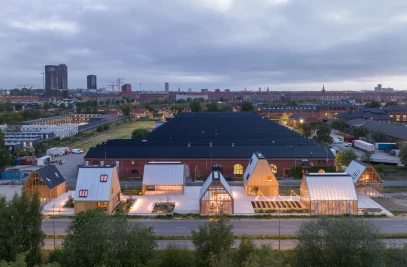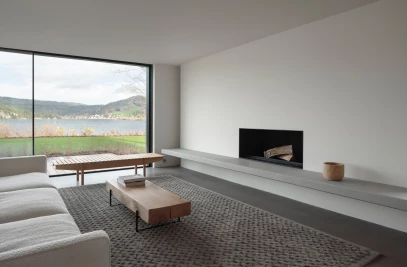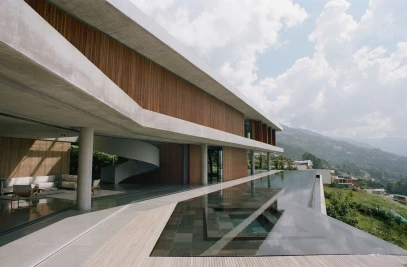The Taiyuan Botanical Garden project by Delugan Meissl Associated Architects is an ambitious transformation of a former coal-mining area in a landscape design model with building infrastructure that promotes research and allows people access to information about natural ecosystems. The project is also a high-quality leisure area in the city that includes a sculptural concrete entrance building, three structurally innovative greenhouses, a restaurant, and a Bonsai Museum.

At the heart of the project are the three greenhouses, embedded into the topography and realized as hemispherical timber lattice domes. Their construction was informed by the latest technical know-how in the areas of energy design, thermal performance, structural integrity and glazing, as well as assembly and logistics. With a span of close to 90 meters at the broadest point of the three domes, the timber lattice structure is one of the largest of its kind in the world.

All the domes consist of double-curved laminated timber beams, arranged in two or three intersecting layers, and are covered with double-curved panels of glass, which include a number of openable windows.

The beams of the timber structures are tightly bunched together on the northern side of the base and fan out towards the south, resulting in a seashell-like pattern and a structurally varied translucency that optimises solar gain.
The entrance building leads visitors down an open stair and through a circular slab opening to a large roof terrace. Visitors from this vantage point can see over the entire park. A cantilevered viewing platform soars above the water at the heart of the park and directs visitors to the three greenhouses.

The terraces of the Bonsai Museum are set out in concentric circles, an organization that provides a structural framework for the precise presentation of an ancient Far Eastern aspect of Garden Art.
The path taken by visitors reflects the principle of a domesticated natural landscape. Just like the mighty domes of the greenhouses, the base of the Bonsai Museum also reacts dynamically with the modelled topography of the landscape and the surface of the pool.



















